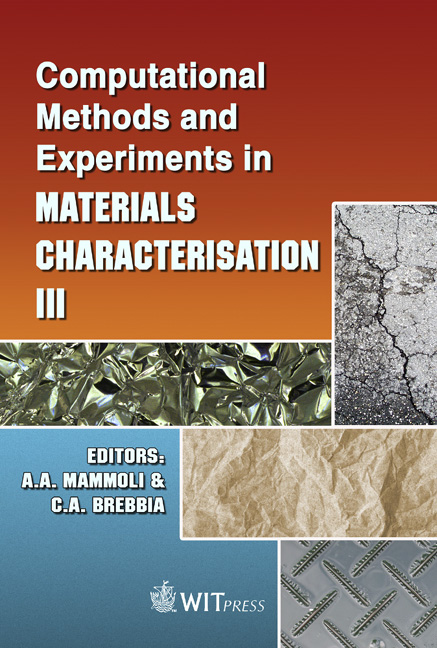A Natural And Biodegradable Scaffold Of Electrospun Eggshell Membrane
Price
Free (open access)
Transaction
Volume
57
Pages
10
Published
2007
Size
2,807 kb
Paper DOI
10.2495/MC070351
Copyright
WIT Press
Author(s)
W. D. Kim, T. Min, S. A. Park, J. H. Park & G. H. Kim
Abstract
A successful tissue-engineering scaffold must have a highly porous structure and good mechanical stability. High porosity and optimally designed pore size provide structural space for cell accommodation and migration and enable the exchange of nutrients between the scaffold and cell culturing environment. The pore structures should be interconnected with each other for cell growth and proliferation. Soluble eggshell membrane protein (SEP) was prepared from eggshell membrane (ESM) and mixed with poly(ε-caprolactone) (PCL) solutions. SEP/PCL micro-size-fibre web was fabricated using electrospinning process with the help of a dual nozzle and auxiliary cylindrical electrode. The web was characterized with water contact angle (WCA) and cellular behaviour. The SEP/PCL web, which showed feasibility to fabricate scaffold having adequate hydrophilicity and suitable pore distribution, was a good example mimicking the natural biomaterial. Keywords: biomimic, soluble eggshell protein, poly(ε-caprolactone), nanofibre. 1 Introduction Natures generate remarkable materials such as abalone nacre, sea mussel adhesive, and spider silk, which is an extremely strong material and is on weight basis stronger than steel. Biomimic is a science, which takes inspiration from Natures’ designs and processes to solve engineering problems [1]. Scientists and engineers are reverse engineering many of animals’ performance characteristics using these advances. These research areas include materials, actuators, sensors, structures, functionality, control, intelligence and autonomy [2]. Recently, these technological trends using the nature-inspired technology were expanded in the
Keywords
biomimic, soluble eggshell protein, poly(ε-caprolactone), nanofibre.





